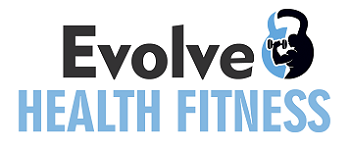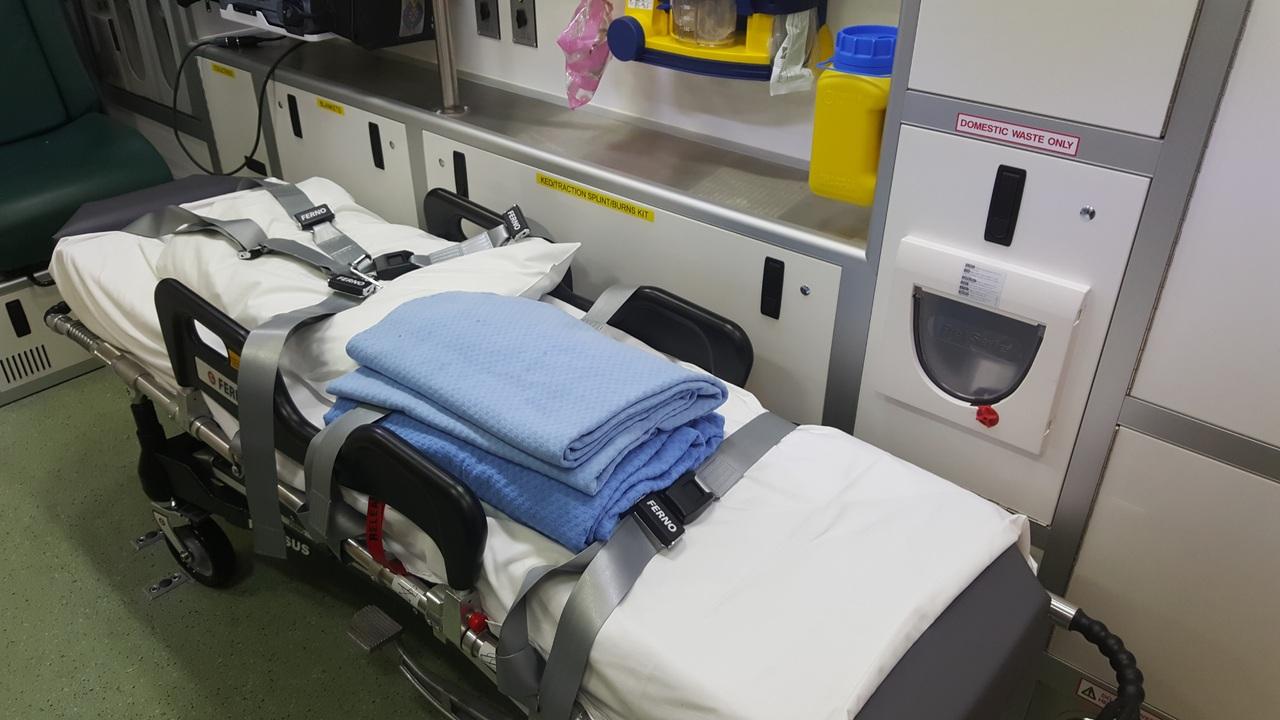How Ambulance Stretchers Enhance Patient Safety During Transport
EMS transport of patients is another critical area of concern in the area of patient safety in healthcare facilities. There is no going back once an EMS call is taken; time is very critical, and the magnitude of risk is enormous. They are responsible for a patient’s wellbeing while in transit to medical facilities which concerns their momentary status and is vital to future health. It cannot be overemphasized that the pieces of equipment particularly ambulance stretchers form a critical component of helping create the security that is necessary for managing the various risks likely to be encountered during transport.
The basic structure of an ambulance stretcher has undergone some changes in terms of complicated features that are meant to increase stability and the patient’s comfort while in transit. Through time and with advancement in products modern stretchers are designed such that they distribute the weight in the right proportions and they do not put an individual to more jostling or any movement at any one time an aspect of great importance especially when the moments are scarce. Other advancements such as height control systems and locks also support raising safeguards higher; these assist in quickly loading and again unloading patients so that they are firmly positioned within the vehicle. The prioritization of these elements allows EMS professionals to address patient care needs without jeopardizing others when on an EMS run.
Design Features of Modern Stretchers
Present-day stretchers have been developed with remarkable consideration given to the patient’s well-being and comfort and with superior materials and techniques to ensure excellent EMS standards. One of the distinctive features is the usage of lightweight and at the same time sufficiently robust aluminum frames for the chassis themselves; not only do they make these easy to carry about, but they also provide the necessary stability at the times when it is needed most. Stretchers with properly positioned ergonomic handles provide better control to the EMS personnel and at the same time reduce the fatigue of the first responders so that they can have full concentration on the patient.
However, some of the features found in the present day stretchers are adjustable backrests and safety belts that help to manage many conditions of patients. They are thus very useful during emergencies when there is a need to quickly change something without necessarily disturbing the balance or inviting complications. Also for some models, it has designed cabinets where critical equipment such as oxygen masks or intravenous fluids are stored and hence do not haphazardly occupy the operating space. Add-ons such as ‘shock absorbers’ on wheels also reduce any rough movements during transfer increase overall convenience for patients and make the voyage as comfortable as possible given the tough and unpredictable nature of the routes.
Stabilization Mechanisms for Safe Transport
Mobile patient stability systems installed at the ambulance stretchers remain important in the facet of patient safety particularly in emergent operations. These mechanisms do not simply involve padding; they also consist of the latest strapping systems whose chief function is not only to hold the patient well but also other mechanisms that enable quick changes depending on each patient. Some of these are the automatic tensioning straps and the adjustable headrests that ensure that one’s spine is properly aligned to avoid making the injuries worse when one is on bumpy or sharp-turn roads.
In addition, present-day stretchers have some anti-vibration technologies incorporated into the stretchers hence making the environment stable for those patients who feel discomfort. Some stretchers have an integrated system for surveillance of essential life signs; these data are very useful for paramedics during transportation. Both the stability and the monitoring roles improve general care since first responders are in a position to make vital decisions en route to hospitals. Therefore, these high levels of stabilization technologies not only ensure patrol safety for patients but also advance emergency medical services to a higher level.
Role of Straps and Restraints
Most of them point to the usefulness of straps and restraints in ensuring that a patient does not fall off the stretcher through turns and about possible injuries resulting from sudden movements. These devices are developed with precision to meet not only the security measures of the patients but also to ensure that the patients when being moved are comfortable. The current models have built-in straps that enable one to adjust the stretcher to fit the different sizes of the body and when adjusted one is tightly fastened ensuring the health practitioners do not complicate or prolong the administration of emergency services. This adaptability is critical because the tape does not require data to be stored in a specific location as opposed to drum which is selective and rigid in terms of location and time in emergency circumstances that may take every second.
Furthermore, strides have been made in the choice of strap materials such as breathable fabrics and padding on strategic areas to reduce pressure on the patient hence distance transport is easier on the patient despite their condition. Restraints do not stop at mere utilitarianism; they are out-and-out patient-centered as they enable the paramedics to maintain a safety-and-concerns assessment, as opposed to having to reckon with probable safety risks during transport. Thus, combining costumes function with the efficiency of the design, the useful peculiarity of the stretchers – effective strap systems not only enhances the stability but also creates a base of trust during stressful situations.
Impact of Technology on Patient Monitoring
Over time though, different technologies have emerged, and their implication on the management of patients during transport cannot be overemphasized. Sophisticated telemedicine technologies allow paramedics and emergency medical personnel to evaluate the severity of the patient’s condition before the arrival at the relevant institution. They also enable the transfer of essential parameters and sometimes sophisticated diagnostic data so that the receiving hospital gets the essential ideas regarding the patient before it even gets invasive. The smooth flow of information augments the continuity of care and best of all allows healthcare practitioners to improve decision-making.
Also, wearables are the new driver in the pre-hospital stage. These stylish devices can monitor features including heart rate, respiratory rate, and oxygen level during transit and transfer without complicated wires or bulky equipment that could be in the way. This kind of ongoing patient assessment enables first responders to detect early signs of the patient’s decline and alter the treatment process to make it effective in responding to emergencies. Taking it a step further, the addition of artificial intelligence enhances this by providing prediction that shows the likelihood of problems with the collected data trends and provides paramedics with tools that are hitherto found within healthcare facilities alone.
For more info about the product contact info@emsrun.com




